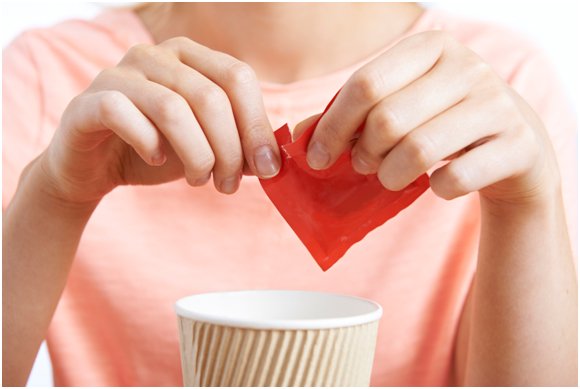“How sweet it is!” is a quote from the late comedian Jackie Gleason.
How sweet do you like your iced tea?Drinking tea over ice during the heat of the summer months is refreshing. Mostplaces serve iced tea unsweetened and poured over a tall glass with a straw. You can drink it as is, or add the amount and type of sweetener you prefer. In the South, they serve “Sweet Tea,” a version of iced tea that is sweetened while hot and before adding cold water and ice.
I used to make “Sun Tea” by placing tea bags in cold water and setting them out in the sun to steep. This practice has been called risky because the water gets warm but not hot, definitely below 100 degrees. That’s warm enough to encourage yeast and bacteria to multiply, like allowing time for homemade bread to rise until it is doubled in bulk. When you pour boiling water over tea, most bacteria don’t survive.
You can also brew tea with cold water in the refrigerator overnight. This method helps bring out the more subtle flavors of green teas and white teas.
When it comes to sweeteners, you have quite a few choices: liquid or powdered, natural or artificial, plain sugar or sugar alternative. Liquid sweeteners like honey, agave, molasses, and simple syrups like those used to flavor lattes and other coffee drinks can also be used in teas. Powdered sweeteners are also popular, including white sugar, coconut sugar, and various sugar substitutes.
When reaching for a packet of sweetener for your glass of iced tea, which color do you grab? White,pink, blue, yellow, or green? White packs contain cane or beet sugar, while colored packets contain various non-caloric sweeteners. Pink packets have the sweetener saccharine, known as Sweet’N Low®, yellow packets contain sucralose or Splenda®, and blue packets have aspartame or NutraSweet®.
Green packets contain stevia, one of the newest calorie-free sweeteners. Stevia comes from a plant native to South America in the chrysanthemum family and is related to ragweed. Originally approved as a dietary supplement to improve blood pressure and diabetes control, stevia was approved for use as a food additive in 2008 and is marketed as the sweetener Truvia®. Stevia is also sold blended with other non-caloric sweeteners.
Sugar substitutes have been used for decades as food additives and are considered safe. It was assumed that switching from sugar to a non-caloric sweetener would help control weight and blood sugar. Unfortunately, that has not been true.
While non-caloric sugar substitutes help reduce cavities, in some people, they increase blood sugar readings. People who ate meals containing food or drinks sweetened with non-caloric sweeteners had a higher blood sugar than expected. Their blood sugar dropped back to normal levels much more slowly, a pattern called glucose intolerance associated with an increased risk of becoming diabetic.
Xylitol is a low-calorie sweetener extracted from natural sources such as corn. Because of its protective effect on tooth enamel, xylitol is added to sugarless gum and mints and used as a sugar substitute for baked goods like muffins and cookies. Xylitol may be a dentist’s friend, but it’s a dog owner’s nightmare.
Xylitol is deadly to dogs, causing very low blood sugar, liver damage, and liver failure. Xylitol triggers a dog’s pancreas to pump out insulin. Without sugar to balance that extra insulin, their blood sugar drops so low they have seizures. There is no safe dose; even a small amount of xylitol can kill a dog.
Iced tea sometimes has an edge to it. During brewing, agitating the leaves of tea releases tannins into the water, turning it bitter. Luckily, there are several ways to avoid the “pucker” of astringent tannins in your iced tea.
Here Are 3 Ways to Make a Mellow Glass of Ice Tea:
- Don’t dunk.
Avoid agitating your tea bag or tea ball when brewing hot or iced tea. Dunking your tea bag up and down in your cup encourages tannins to leach into the brew, making it bitter.
- Choose a blend designed for iced tea.
Teas and teabags formulated especially for making iced tea are available from companies like Luzianne® and Lipton®.
- Add a pinch of baking soda.
I was amazed at how this took the “bite” out of my ice tea! You can decrease the bitterness of ice tea by adding a pinch of baking SODA (not baking powder) to your tea bags right BEFORE you add boiling water. This also makes your ice tea brew up clear instead of cloudy.


